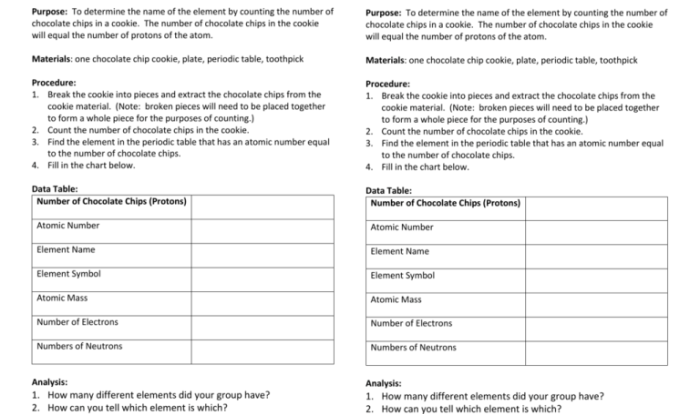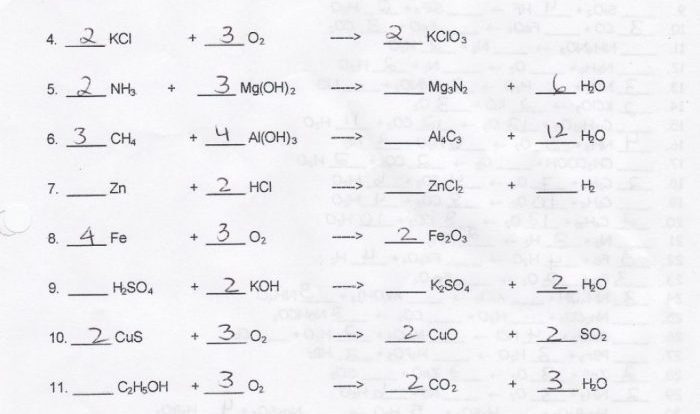Chemical bonding worksheet with answers provides a valuable tool for understanding the fundamental concepts of chemical bonding. This comprehensive guide delves into the intricacies of chemical bonding, exploring its significance, types, and applications.
Chemical bonding is the force that holds atoms together to form molecules and compounds. It determines the properties and behavior of substances, shaping the world around us. Understanding chemical bonding is essential for various scientific disciplines, including chemistry, materials science, and biology.
Chemical Bonding
Chemical bonding is the process by which atoms and molecules interact to form new substances. It is the force that holds atoms together and determines the properties of the resulting compound.
Importance of Chemical Bonding
Chemical bonding is essential for the formation of molecules and compounds. It allows atoms to share electrons, which creates a more stable configuration and lowers the overall energy of the system.
The type of chemical bond formed affects the properties of the substance. For example, ionic bonds result in compounds that are typically hard and brittle, while covalent bonds result in compounds that are typically soft and flexible.
Types of Chemical Bonds
- Covalent Bonds: Formed when two atoms share one or more pairs of electrons.
- Ionic Bonds: Formed when one atom transfers electrons to another atom, creating oppositely charged ions.
- Metallic Bonds: Formed between metal atoms, involving the sharing of mobile electrons in a sea of electrons.
- Hydrogen Bonds: Weak bonds formed between a hydrogen atom and an electronegative atom (such as oxygen or nitrogen).
Chemical Bonding Worksheet
- What is the difference between a covalent bond and an ionic bond?
- Explain how metallic bonds contribute to the properties of metals.
- Give an example of a substance that contains hydrogen bonds.
Answer Key:
- Covalent bonds are formed by the sharing of electrons, while ionic bonds are formed by the transfer of electrons.
- Metallic bonds involve the sharing of mobile electrons in a sea of electrons, which gives metals their characteristic properties such as high electrical and thermal conductivity.
- Water is an example of a substance that contains hydrogen bonds.
Examples of Chemical Bonding
- Water (H 2O): Covalent bonds between hydrogen and oxygen atoms.
- Sodium chloride (NaCl): Ionic bonds between sodium and chlorine atoms.
- Iron (Fe): Metallic bonds between iron atoms.
Methods for Determining Chemical Bonding
- Spectroscopy: Analysis of the absorption or emission of electromagnetic radiation by a substance.
- X-ray Diffraction: Analysis of the diffraction of X-rays by a substance.
- Electron Diffraction: Analysis of the diffraction of electrons by a substance.
Applications of Chemical Bonding, Chemical bonding worksheet with answers
- Medicine: Design of new drugs and therapies based on an understanding of chemical bonding.
- Materials Science: Development of new materials with improved properties by manipulating chemical bonding.
- Energy Storage: Development of new energy storage systems based on an understanding of chemical bonding.
Detailed FAQs: Chemical Bonding Worksheet With Answers
What are the different types of chemical bonds?
There are four main types of chemical bonds: covalent bonds, ionic bonds, metallic bonds, and hydrogen bonds.
How does chemical bonding affect the properties of substances?
Chemical bonding determines the physical and chemical properties of substances, such as their melting point, boiling point, solubility, and reactivity.
What are some examples of chemical bonding in everyday life?
Examples of chemical bonding in everyday life include water (H2O), salt (NaCl), and metals (e.g., iron, copper).



